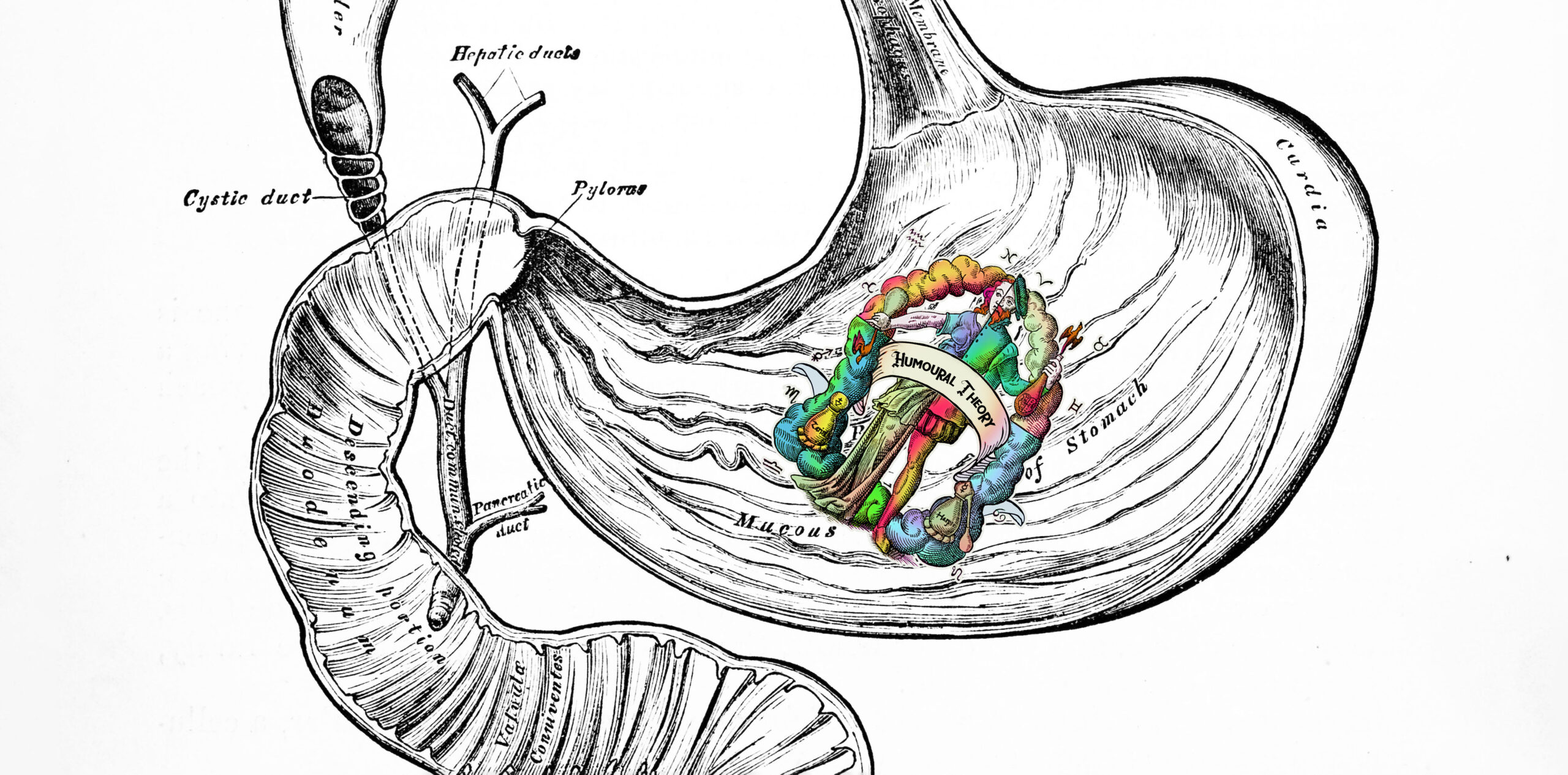Medicine’s about to real up close and personal.
In response to the question “Will robots inherit the earth?” Marvin Minsky delightfully replied: “Yes, but they will be our children!”
TMR caught up with Professor Candid, who has recently created a league of his own nano-children.
“I was working on nanotechnology at the lab,” Professor Candid told TMR, “when we had a bit of a breakthrough. For the first time we were able to combine real-time VR goggles with flyable nanobot technology to create the world’s first nanodrone.”
The Prof’s invention looks like a cardboard box with a pair of binoculars sticking out of it but it is actually a highly sophisticated machine composed of very scientific bits.
“We’ve all seen drones, haven’t we – those buzzy annoying things piloted by pale teenage boys – but we’ve taken this idea and miniaturised it. With the nanodrone we can fly directly into the human body and have a look at what’s going on inside.”
“It’s a bit like that film Inner Space, but less shit. I’d say it’s more like the The Goonies, without the fat kid doing that weird shuffle-truffle thing with his belly.
“Anyway, I’ve seen some spectacular things. I have seen atheromas fissure like great tectonic plates, I have seen liver cells swell and burst, pouring rivers of enzymes into the blood, I have seen clots as big as starships blocking tributaries and I have seen elongated columns of bowel cancer rising up to fill the sky like a terrifying necrotic eclipse. Sadly, all those moments will be lost in time, like tears in rain.”
It appears that the technology still needs some tweaking before Minsky’s dream can be realised.
“Last time I piloted the drone I ended up spending a week trapped inside somebody’s arsehole with my face pressed up against a haemorrhoid. I wouldn’t have minded but I could only charge $25 for it because Medicare counted it as a single patient contact.”


